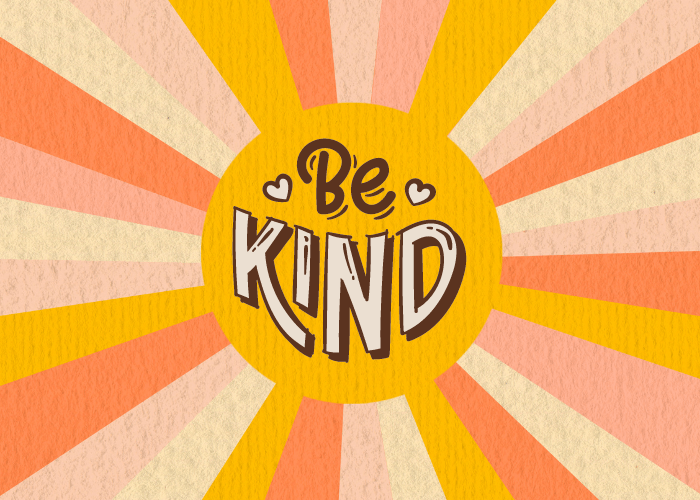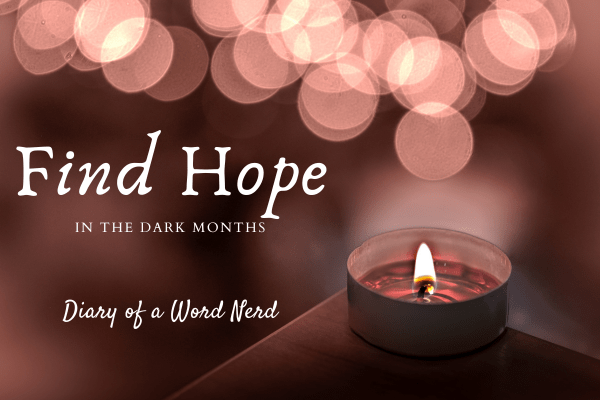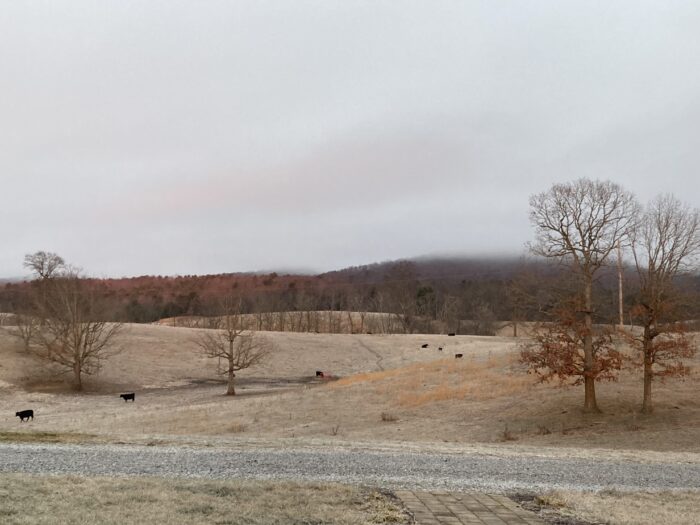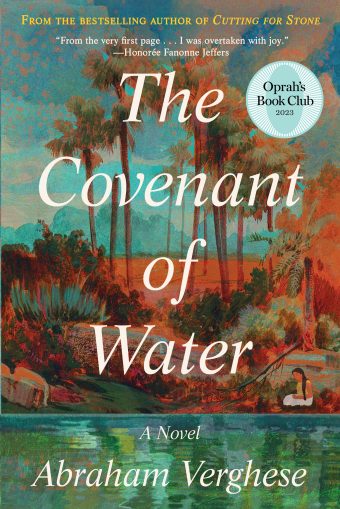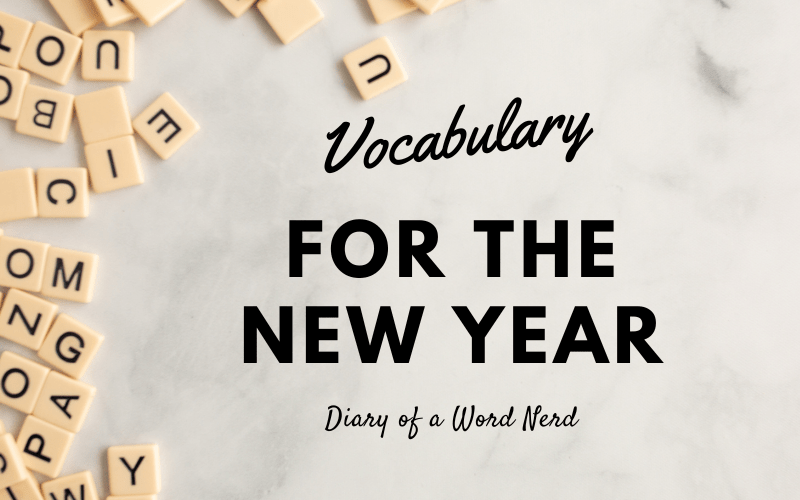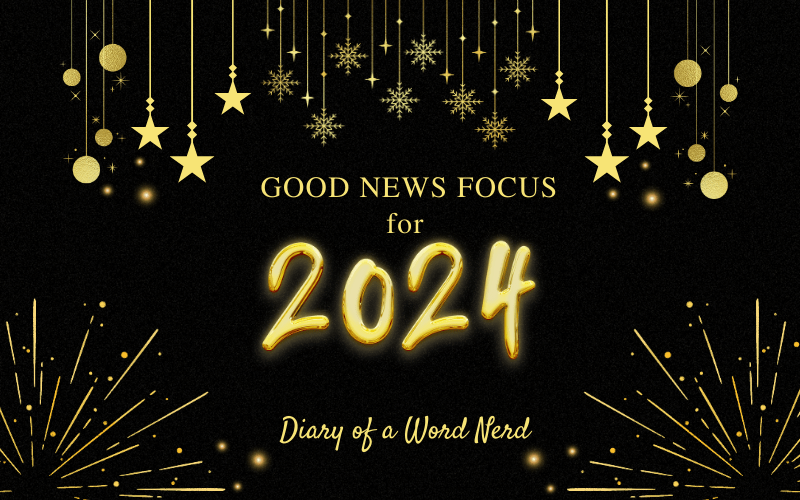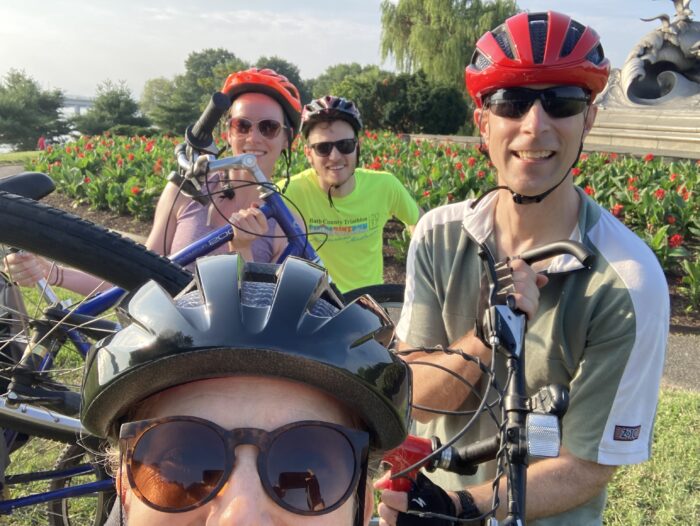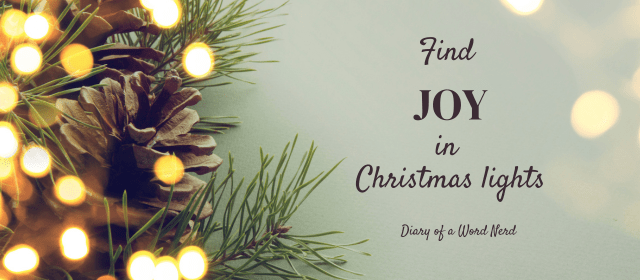Nine children sat in padded office chairs three sizes too big for them. The kids were lined up against a wood paneled wall, swiveling side to side in the tall black seats, their feet, in most cases, barely able to touch the floor. A few waved nervously to adults in the watching audience. One twirled a section of her glitter-streaked hair around her index finger. Such a setup could only mean one thing.
The County Spelling Bee.
For those of you who have never participated in a bee, or if too many decades have passed since your last experience, imagine yourself sitting with a group of your peers before an attentive audience. You are less than 12 years old and do not have the decades of wisdom and experience you do now. You squirm in your seat and contemplate the task before you. During the bee, you will have to walk up to a microphone, listen for a word, pray it’s one you know, repeat the word, and then spell it, without the benefit of paper, pencil or autocorrect. If you are “lucky,” you will get to repeat this process several times.

If that doesn’t sound daunting enough, consider the complication of the microphone, sure to squeal with feedback at unpredictable moments. You step up to speak into its bumpy bulb, and with every sound you utter, you experience shock at the voice that echoes in the speakers. One that is too high, nasal, or raspy to be your own. The worst part: you must use the dreaded microphone so the judges can clearly hear your answer.
Yes, judges. A word that steals the spit from your mouth and twists your stomach into a pretzel.
A spelling bee is a valuable, but stressful, experience. Like any demanding situation, it can bring out the worst in any one of us. Insecurity and defensiveness might pop up without warning. But that didn’t happen at the bee I observed last week. Yes, kids were obviously nervous, taking frequent sips out of the bottles of water they kept at their feet. Yes, they released exasperated sighs when they heard the judges say, “I’m sorry, that’s incorrect.” Yes, they swiveled the chairs impatiently as the last spellers went through the final rounds of the bee.
But they also encouraged each other, giving high fives to spellers who missed words, offering smiles of reassurance. When the bee was down to two final spellers, the two remaining competitors went back and forth several times, spelling increasingly difficult words. Words that garnered gasps from the audience. For several rounds, neither boy could complete the task required to win the bee: spell two words correctly in a row.
But in all this tension, the mood remained positive, mostly because of the actions of one of the remaining spellers, a fifth grader. Every time his opponent spelled a word correctly, he gave an exuberant thumbs up. He seemed genuinely happy to see his opponent succeed. When the bee finally ended, and that same fifth grader won by correctly spelling two words, one of which was bubonic, he marched right up to his opponent and gave him a fist bump. Then he went down the line of office chairs, giving all the other participants a fist bump too.
We adults know that life is hard, that the stress of a spelling bee is nothing compared to the strain of paying bills on a tight budget, negotiating difficult work circumstances, or managing care of a sick family member. But maybe we would all fare better if we spent more time offering fist bumps in the “competition” of adulthood. A spelling bee may seem small to us, but the actions of that fifth grader were huge.
From February 11-17, The Random Acts of Kindness Foundation is celebrating Random Acts of Kindness Week. Let’s take a cue from the kids and #MakeKindnessTheNorm.
Thanks for being kind with me!



